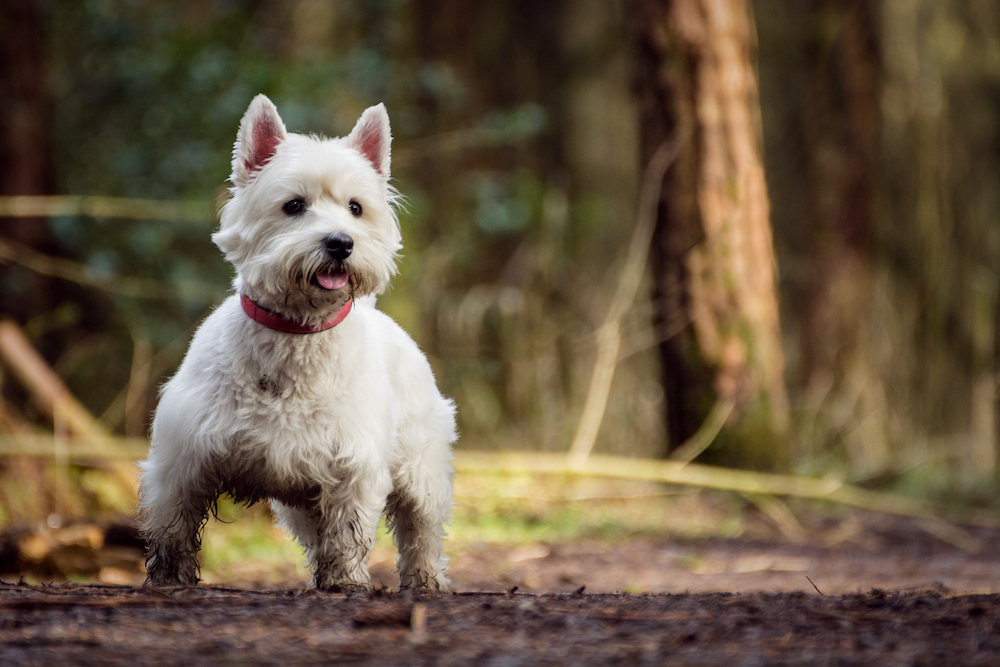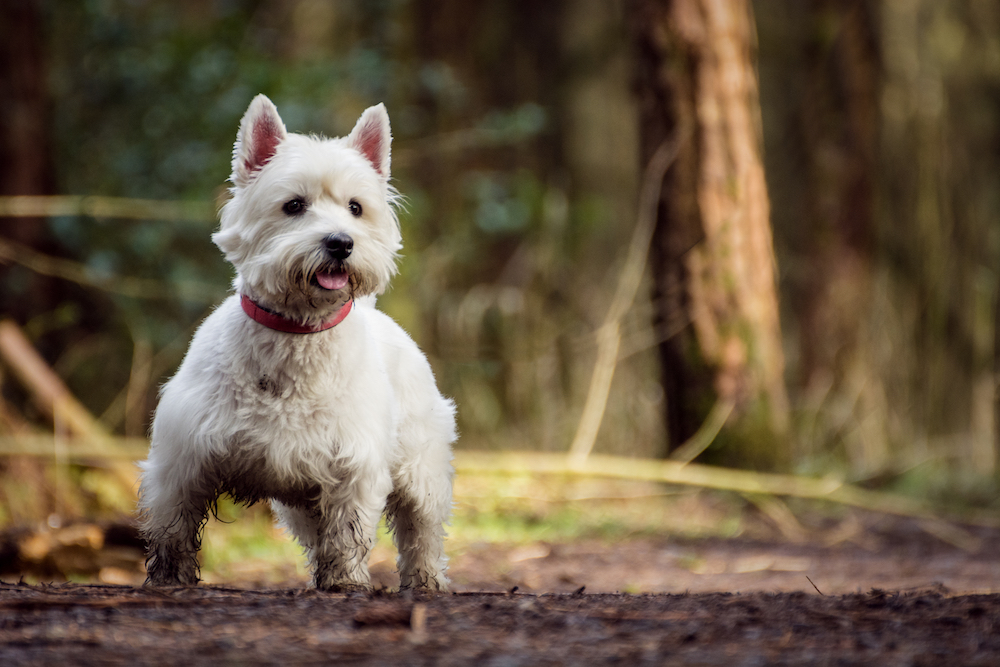I spend a lot of time assessing lumps and bumps on pets. Owners are often worried when they find a lump and want to know whether to be concerned. It’s often difficult to answer that question in a short consultation.
Experience means that we as vets and nurses have an idea of what that lump may be; for example, a fatty lump often has a certain ‘feel’ to it or a young dog with a grainy red bump on its head or neck may have a histiocytoma. But as I often tell visiting students – lumps don’t come with a label telling us what they are and sometimes a nasty lump can masquerade as something innocuous.
A lump in the wrong place is abnormal and is often some kind of tumour. Even a ‘fatty lump’ is a benign lipoma – a tumour that is not likely to change or become a problem, however it is not normal.
The only definitive way to know what type of mass we are dealing with is to obtain a biopsy to look at the cells under a microscope, usually by a pathologist at a laboratory.
We can attempt a biopsy avoiding anaesthetic by using a needle to obtain enough cells to send to the lab. But some types of lump do not ‘shed’ enough cells to be diagnostic and sometimes a needle biopsy can aggravate a tumour, making it more likely to spread. This procedure is not without its issues; it can be painful to the pet and most times the needle site will bleed – often more than a few drops!
Whilst it may seem like ‘over-kill’ the gold standard for identifying a lump is to anaesthetise the animal, surgically remove the lump and send the whole thing to the lab. This way we can tell exactly what type of lump it is, if it is a malignant (cancerous) tumour, and what needs to be done next. Sometimes further surgery or tests are required to determine any spread of tumour cells, but most of the time the removal of the lump is all that is needed.
So whenever I see a lump and I am asked my opinion, I would always be concerned that without histology from the lab I may be making a judgement call. It’s not to make a ‘quick buck’ when I suggest that full removal – it gives the whole picture and often delivers the right result all round.
– Sarah Probert BVSc MRCVS, Bridgnorth Veterinary Centre







